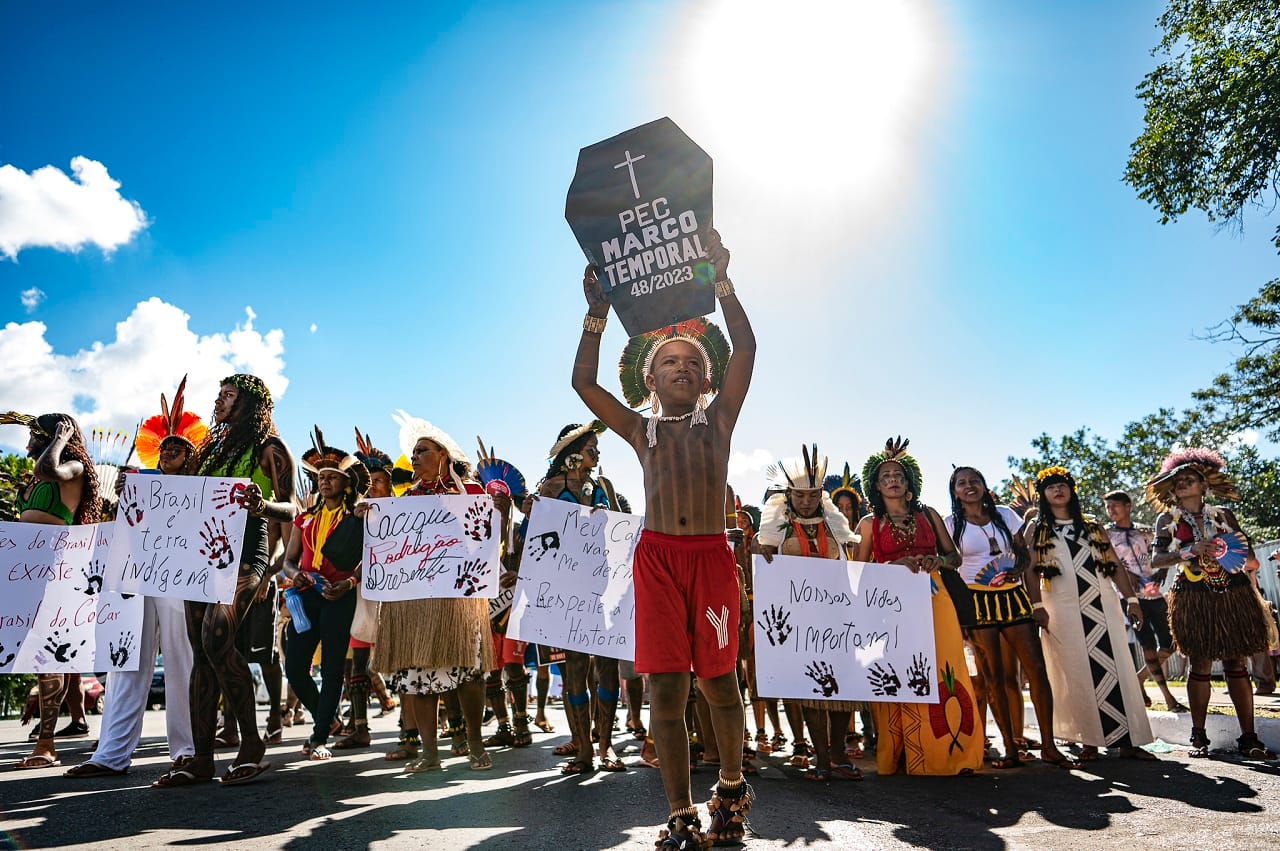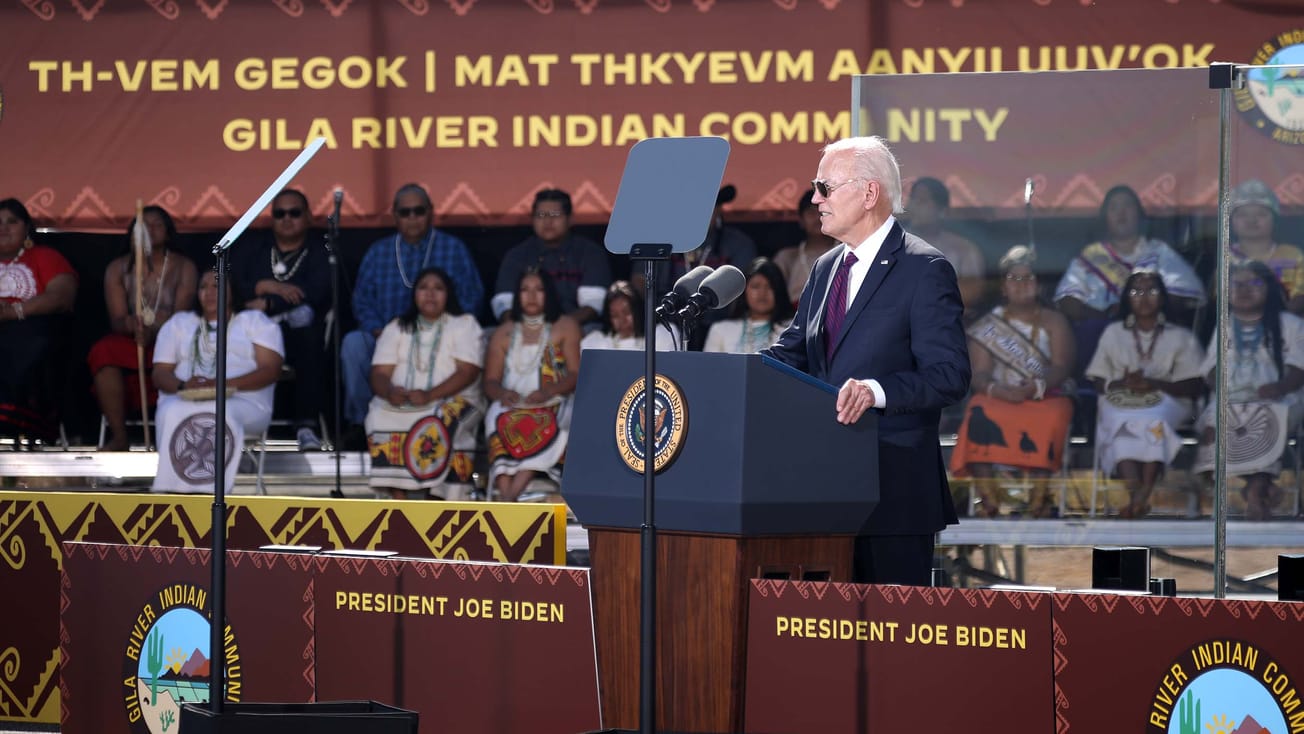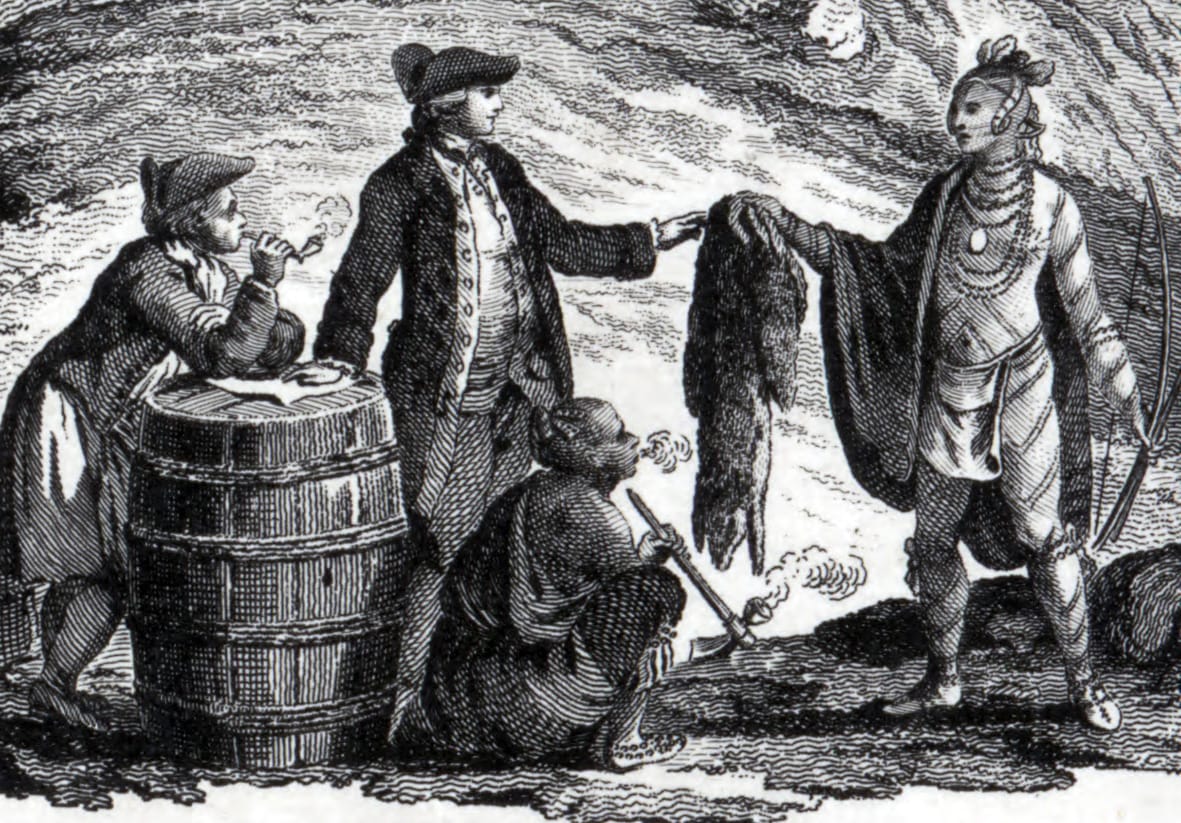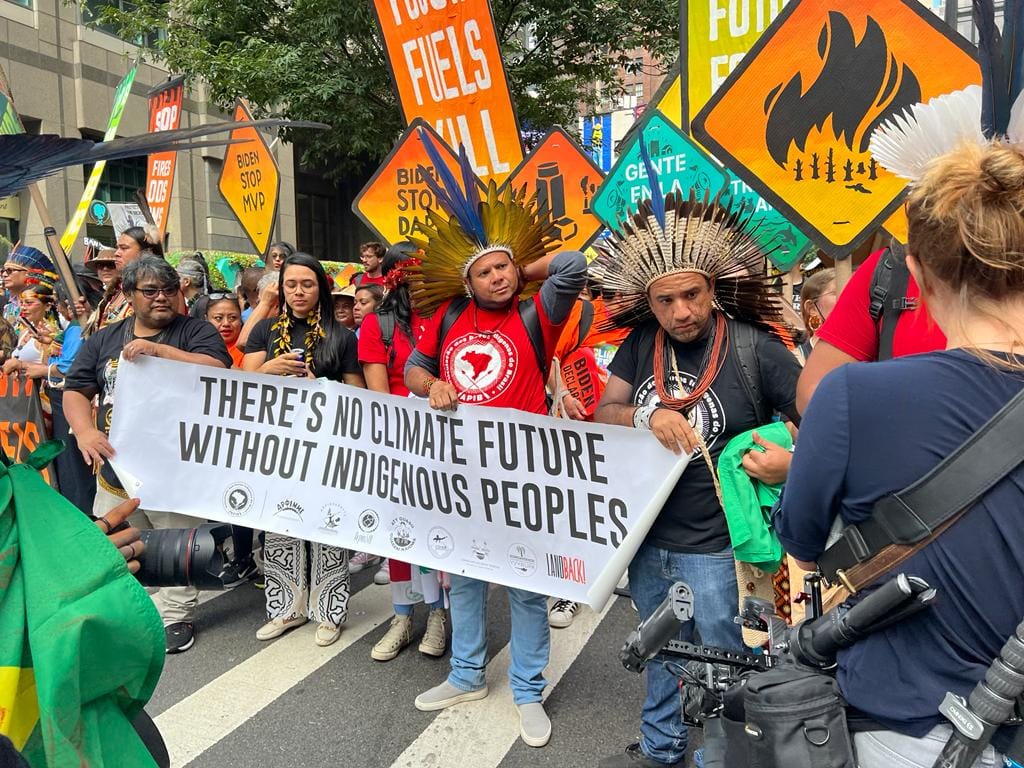Originally published on in Mongabay.
The United Nations’ framework for reducing emissions by protecting forests in less-industrialized countries, known as REDD+, isn’t doing enough to prioritize Indigenous peoples in the Amazon.
That’s the finding from a new study, which proposes a dozen principles for giving local and traditional communities, the long-standing stewards of those very forests, more decision-making power within REDD+.
“The importance of Indigenous Peoples in the protection of the Amazon is not reflected in the design of international climate policy,” the study says. “Given their historical and ongoing struggles against extraction, guidance from Indigenous Peoples must be central to any climate justice approach for mitigating deforestation in the Amazon.”
The study groups the 12 principles for improving existing climate policies into four categories: Indigenous territorial defense, Indigenous-led climate initiatives, safeguarding Indigenous peoples’ rights to strengthen existing policies, and equitable climate finance and benefit sharing to enable these types of improvements. The paper’s authors say these recommendations could apply both to the design of new climate programs and to a “justice-oriented reimagining of REDD+.”

“We do not advocate for the continued use of REDD+ as it is currently conceived, [but] we recognize that it will likely stay around,” they write. “It [is] imperative to present an alternative and to suggest ways to improve current policies like REDD+.”
Securing land rights
Strengthening Indigenous peoples’ rights to their territories and resolving land tenure conflicts should be a primary goal of climate mitigation and forest protection initiatives at all scales, according to the paper. Yet Indigenous peoples face significant challenges in securing land rights, including a lack of legal recognition and threats such as land encroachment and violent conflicts with illegal extractors.
Without support, Indigenous communities could eventually open their territories to other markets or continue to face challenges like illegal deforestation, gold mining and drug trafficking, said Thomas Brose, managing director of the Climate Alliance, who wasn’t involved in the new study.
“The complexity of the territorial approach goes beyond just demarcating land legally; it’s about maintaining protection over time,” Brose told Mongabay. “This can only be ensured if the people living there have basic living conditions — like education and economic opportunities.”
Athena Caron, a technical specialist in social equity and rights at Fauna & Flora’s climate and nature team, who was also not involved in the study, said strong political will is essential for governments to protect these land and livelihood rights.
“A lot of this will depend on individual countries and their legal frameworks,” she told Mongabay, adding that these regulatory systems vary greatly across the world. Brazil, for example, has a more advanced environmental framework that recognizes Indigenous rights, while regions such as West Africa and the Asia-Pacific are further behind, Caron said.

In some cases, REDD+ has successfully improved Indigenous and local community rights. In the proposed Wonegizi protected area in Liberia, Fauna & Flora is collaborating with local communities and the government to create a REDD+ mechanism that addresses deforestation while respecting land rights. By offering financial incentives and resources, REDD+ not only backs the country’s 2018 Lands Act, which recognizes Indigenous and local land ownership, but also empowers communities to manage their forests sustainably and secure broader support for clarifying their land rights.
“When well implemented, REDD+ supports the effective protection of priority forest areas and creates benefits for the local people, nature, and climate,” Fauna & Flora said.
Protecting Indigenous territories
Backing Indigenous territorial defense addresses the root causes of climate change, like illegal and invasive deforestation, while ensuring fair access to benefits such as compensation for forest protection, rights to climate funding and boosting Indigenous governance, the new study says. It suggests shifting REDD+ efforts toward tackling large-scale agriculture and commercial extraction, the main drivers of land clearing, rather than penalizing small-scale Indigenous and local community activities that sustainably use the land for subsistence.
In addition to REDD+, the researchers also advocate Indigenous-led climate mitigation projects that help protect both their land and livelihoods while also tackling climate change.
The Kawsay Ñampi project (“way of life” in the Indigenous Kichwa language), is an example of an Indigenous-led initiative that reduces deforestation by protecting ancestral territories. Managed by the Kichwa people of Sarayaku in the Ecuadorian Amazon, it takes a multipronged approach to preventing deforestation and generating real climate benefits: it encourages traditional and sustainable land-use practices, and uses a mix of local knowledge and technology such as drones to monitor the land for harmful extractive activities, including oil development.
Sylvia Cifuentes, a co-author of the new study and assistant professor in the Department of Environmental Studies at Mount Holyoke College, U.S., said boosting Indigenous-led policies would help fix the lack of genuine inclusion of local communities in traditional climate policies while reducing deforestation.
“There’s still some misunderstanding that including just one Indigenous person in the discussions about REDD+ counts as meaningful inclusion,” she told Mongabay. “Instead, we should focus on the initiatives Indigenous organizations are proposing and work to strengthen those.”
Historical protection compensation
Indigenous communities should be compensated for their historical role in protecting the forest, the study suggests. But rather than reward them for this conduct, REDD+ offers financial incentives through carbon credits to those who have deforested in the past and are now reducing deforestation.

“The flawed logic of REDD is to give money to those who are contributing to deforestation, not those who are protecting the forests,” Brose said.
Even though it’s important to increase climate finance overall, significant additional funding may not be necessary to support Indigenous compensation as existing climate funds could be more effectively redirected, Cifuentes said.
One Indigenous-led initiative that emphasizes historical contributions and supports Indigenous compensation is the Amazonian Indigenous REDD+, or RIA, created in 2011 by COICA, an umbrella organization for all Indigenous groups in the Amazon, and AIDESEP, its Peruvian affiliate.
“The market logic behind [REDD+] is why Indigenous peoples have criticized it. This is why the COICA created their own instrument,” Brose said. “It’s fundamentally different [to REDD+] because it doesn’t produce carbon certificates, for example.”
Instead, it embraces the idea that Indigenous territories help prevent emissions, sequester carbon, and provide essential ecological services like biodiversity conservation and water cycle regulation. All these services are provided for free by Indigenous peoples because it’s part of their way of life, according to Brose. Through the concept of RIA, they’re asking for funding and financial incentives for their services of preventing additional emissions.
However, the fact that it doesn’t generate a financial return — and instead provides a service that’s difficult to place a monetary value on — makes it challenging to get wider support to protect Indigenous peoples’ territories, he said.
Future of REDD+
Not all environmentalists are convinced of REDD+’s benefits, even with major overhauls. Brose said Indigenous-led initiatives or collective global funds are more effective, and any changes to REDD+ are unlikely to make a significant impact on the climate crisis or prioritize Indigenous communities.
“You can improve REDD as much as you want, but it will not bring results,” he said.
The strong influence of the Indigenous peoples, local communities and Afro-descendant peoples’ movements across Latin America offers a way of positioning their agendas at the forefront of discussions on biodiversity conservation and climate action, said Juan Pablo Sarmiento Barletti, governance, equity and well-being scientist at the Center for International Forestry Research (CIFOR), who wasn’t involved in the new study.
Barletti said the challenges facing REDD+ offer a chance to improve discussions at the U.N.’s COP16 biodiversity summit, now underway in Cali, Colombia. Delegates from around the world will discuss, among other issues, biodiversity credits, which are being promoted as a win-win solution for both people and the environment, applying lessons learned in existing climate solutions to the emerging ones.
“There are issues for [Indigenous peoples, local communities, and Afro-descendant peoples] that must be considered in those [biodiversity credit] debates, and what has happened around REDD+ is a good way to start understanding how to do things better,” Barletti said.
Citation:
Osborne, T., Cifuentes, S., Dev, L., Howard, S., Marchi, E., Withey, L. & Silva, M. S. R. (2024) Climate justice, forests, and Indigenous Peoples: Toward an alternative to REDD+ for the Amazon. Climate Change, 177, 128. doi:10.1007/s10584-024-03774-7














